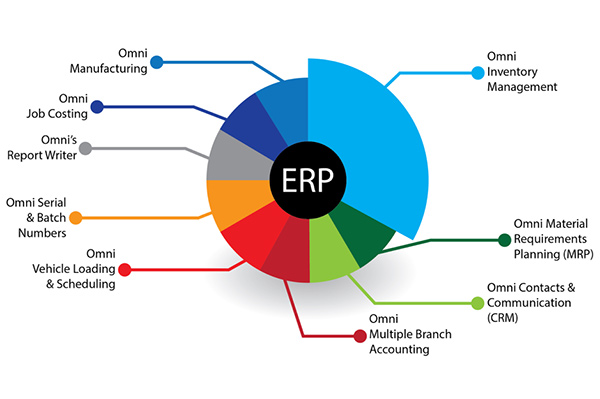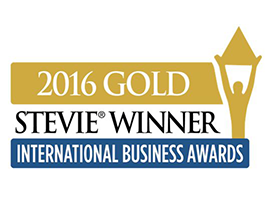An ERP system can be described as a flexible and upgradeable commercial package which supports, in real time and in a cohesive manner, the management of most, if not all, an organisation’s processes.

An ERP system may have different meanings for different people within an organisation, depending on the role they play within that organisation. A Plant Manager would require different strengths in an ERP system as opposed to, for example, a Human Resources manager. This, of course, assumes your organisation has different people in these roles.
However, whether a person runs their own business where they complete all functions, from the accounts to purchasing of stock, to the managing of staff (including themselves) or if they are part of a larger organisation, they need to ensure that their ERP system has three main components when assessing it for implementation.
These are:
- Integration,
- Flexibility and
- Transversality
Integration
Integration refers to the connections between business processes as well as the connections between hierarchical levels. Integration and implementation of an ERP system can be broken into three aspects:
- Technical – which refers to the interconnectivity of IT from hardware and software perspectives.
- Inter-organisational which refers to the linking between two or more independent organisations
- Co-ordination and co-operation between project teams and other business processes.
The evaluation of an ERP system is normally based on how well it handles systems and process integration as well as how it deals with organisational (hierarchical) integration comes strongly into play as well.
Flexibility
The flexibility of an organisation refers to its ability to respond positively and quickly to changing conditions in its environment using its current resources as well as its ability to absorb the introduction of new products and technology.
Briefly the flexibility of an organisation can be assessed on :
- A time-based dimension – how fast does the organisation take to react to changes.
- Range – what options are available to the organisation to accommodate those changes.
- Intention – is the organisation proactive or reactive to change.
- Focus – how internally or externally focussed is the organisation to those changes.
An ERP system is assessed on how well it can accommodate these dimensions.
Transversality
The process concept is of primary importance to transversality. It is basically defined as processes linked in an ordered manner which transform inputs into outputs repeatedly. Emphasis is laid on value-adding actions, ease of repetition and customer focus.
The transversality of an ERP system may be assessed by the extent it meets the following conditions:
- Use of a common “language” across its functions.
- How customer focussed it is.
- Facilitation of co-operation.
- Holistic view point.
- Reduction of costs and delays
- Facilitation of increased learning.
- Standardisation and co-ordination across functions.
Conclusion
As it is very difficult to design a system where “one size fits all” and for it to be cost-effective across the board to implement as well, it would be advisable to analyse the business (and budget). Then decide which areas take priority and to ensure the ERP system purchased:
- has the above mentioned characteristics,
- will meet those immediate needs and
- has the ability to grow with your business in the foreseeable future.
Omni Accounts ERP Software Solution has 7 options (bundles) designed with various business stages in mind so that the package grows with your business. Particular functionality in one bundle may be purchased separately and included in another so your ERP software can be specifically tailor-made to your business environment.




